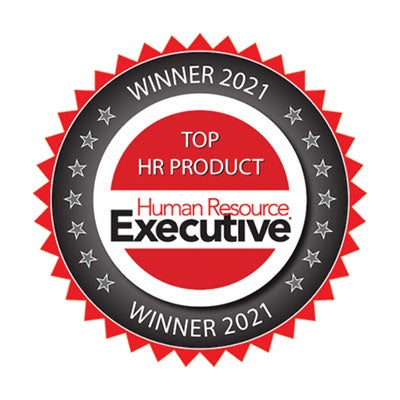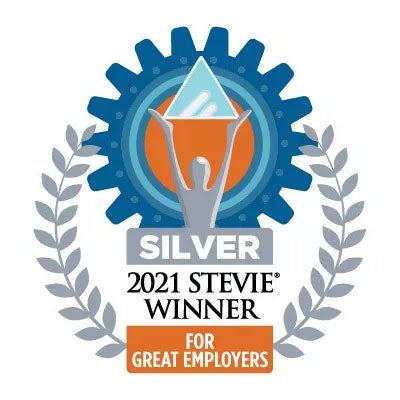Streamlined Hiring, Scalable to Your Talent Acquisition Needs
Deliver predictable hiring outcomes, create exceptional experiences, & increase recruiting capacity at scale from a single talent acquisition suite.
End-to-End Talent Acquisition Without the Complexity
Jobvite is the right partner to drive results for your company. The Evolve Talent Acquisition Suite is an end-to-end solution that integrates into your company’s existing tech stack to enhance the candidate pipeline, accelerate hiring outcomes, and optimize complex workflows.
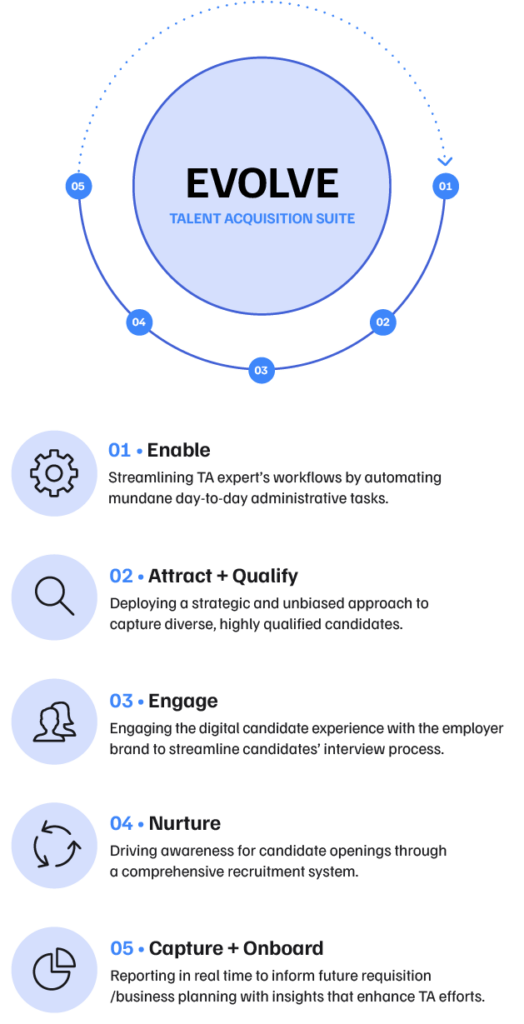
Take your enterprise to the next level by streamlining complex workflows and recruiting activities with Jobvite’s Evolve Talent Acquisition Suite.
Get More Qualified Applicants
Build Your Robust Talent Pipeline
With our purpose-built, end-to-end Evolve Talent Acquisition Suite, you can fill requisitions faster, improve time-to-hire, and bring more high-quality candidates into the pipeline.
of HR decision makers say their top priority is improving quality of candidates.

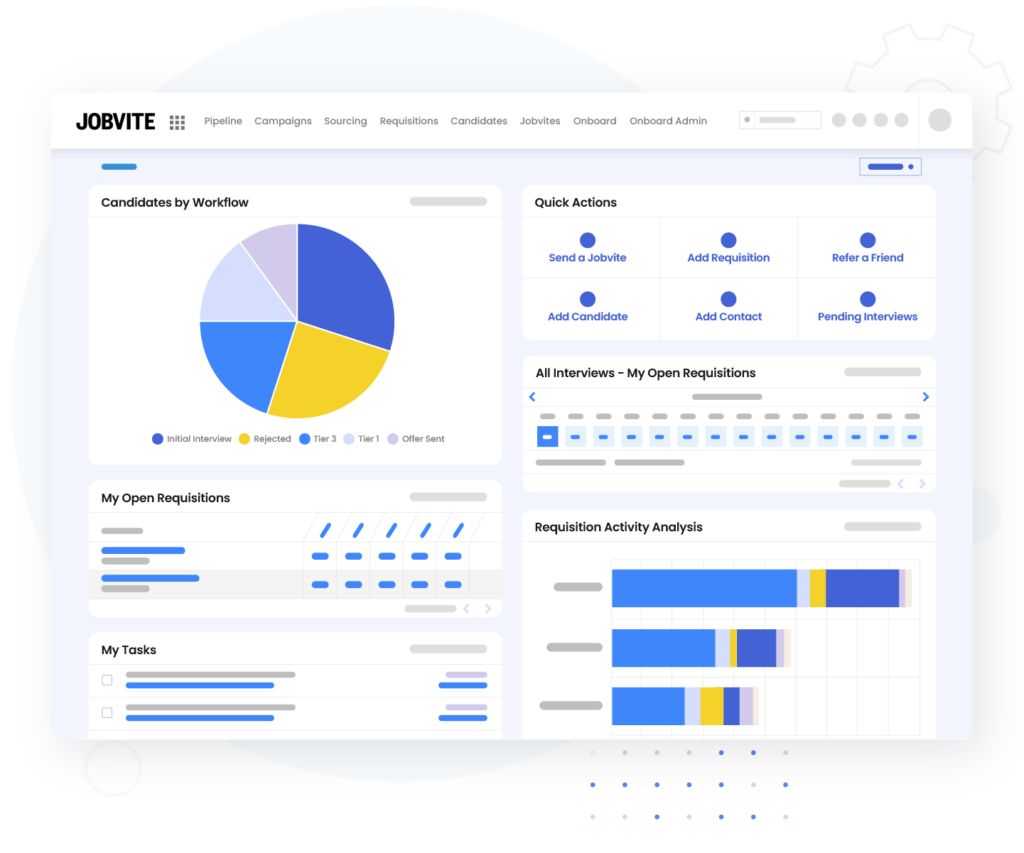
Deliver Exceptional Experiences
Empower Outstanding Candidate, Recruiter, & Hiring Manager Experiences
Give candidates and hiring teams experiences they deserve. Jobvite’s platform offers top-notch interactions, reduces strain on recruiters, and keeps your hiring team aligned to grow at scale.
of Fortune 500 companies lack optimized job application processes.
Engage & Convert Candidates at Scale
Optimize Recruitment Marketing & Employer Brand Initiatives
Provide personalized experiences, build relationships, and advance your employer brand. With AI-driven automation built in, you can automate sourcing, outreach, and interactions to empower enterprise-wide recruiting results.
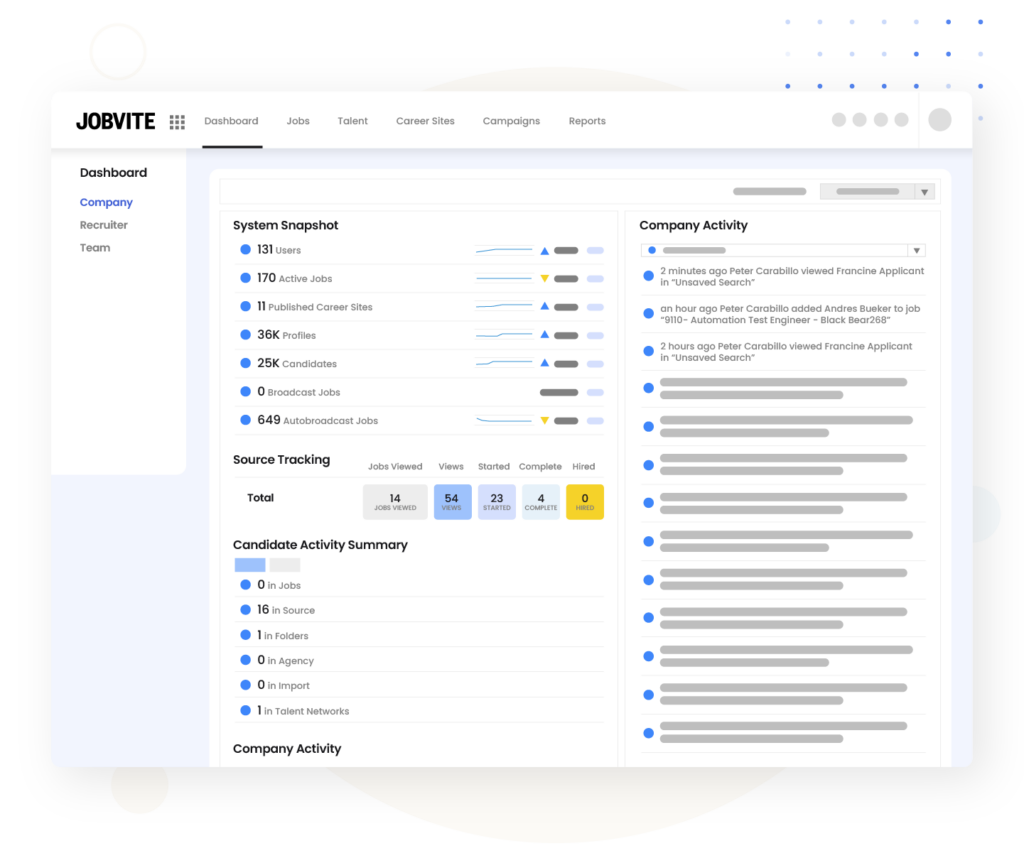
The Power of Our Collective Reach
0K+
Customers
0M
Active Jobs
0M
Candidates
0.6M
Avg Annual Hires
0
Employees
Our Powerful Partners
Jobvite is committed to meeting enterprises where they are. That’s why our purpose-built talent acquisition technology seamlessly integrates with your existing HCM tech stack and all the top solutions you use today. We work everyday to create powerful partnerships that plug into your infrastructure, so you can get the most from your solutions and drive talent acquisition success.

The World’s Top Brands Recruit with Jobvite
“I have evaluated many of the other ATS systems and found that Jobvite has always provided more for our business.”
-Andrea D.,
Talent Engagement Partner
“Our applications have risen by 22% year over year since implementing Jobvite”
-VP of HR
“The Jobvite platform… understands and supports TA workflows and processes in a very user friendly way”
-Peggy A.,
Head of Talent
“I have evaluated many of the other ATS systems and found that Jobvite has always provided more for our business.”
-Andrea D.,
Talent Engagement Partner
“Our applications have risen by 22% year over year since implementing Jobvite”
-VP of HR
“The Jobvite platform… understands and supports TA workflows and processes in a very user friendly way”
-Peggy A.,
Head of Talent
Industry Recognition
Jobvite has been recognized as a top solution from customers and analysts alike.
